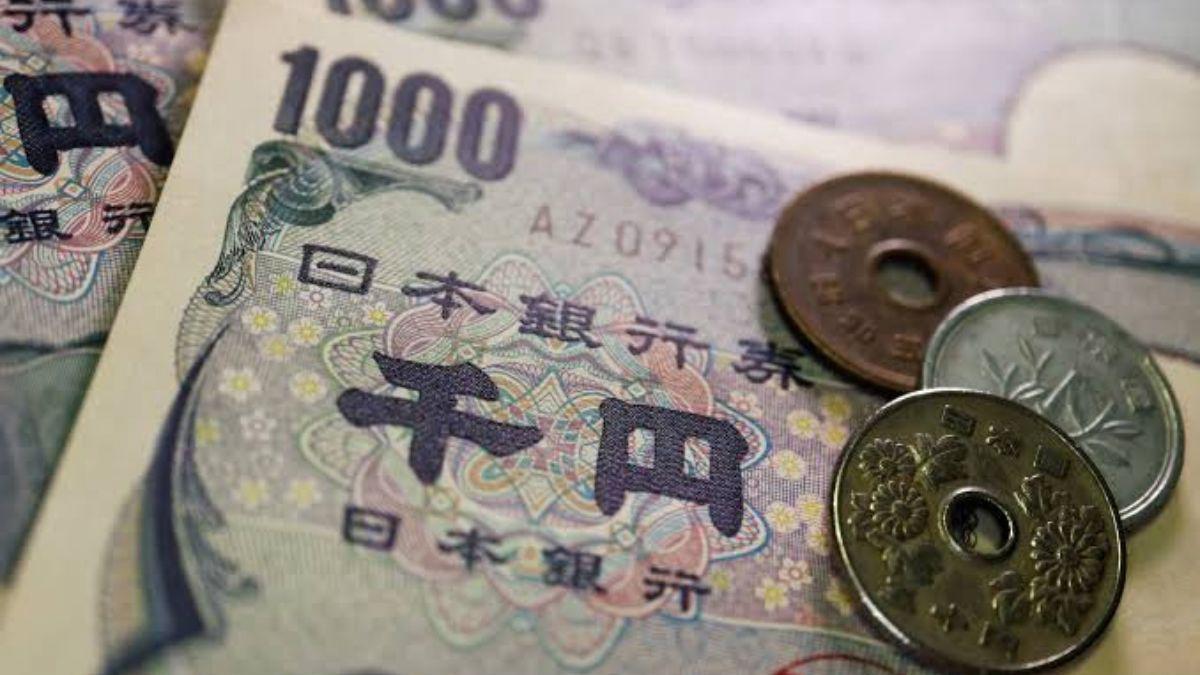 Image Credits: Reuters
Image Credits: Reuters
On September 12, 2024, the yen fell against the dollar in the Tokyo foreign exchange market, with the currency trading at 142.62-64 yen per dollar by 5 p.m., a decrease of 1.25 yen from the previous day. This decline was driven by shifting expectations regarding U.S. monetary policy. The release of August’s U.S. Consumer Price Index (CPI) data on September 11 exceeded market forecasts, leading to diminished hopes for a substantial Federal Reserve interest rate cut. Consequently, U.S. long-term interest rates steadied, prompting investors to sell yen and buy dollars.
The yen briefly weakened to approximately 143.03 yen per dollar around 4:30 p.m. on the same day. This depreciation occurred against the backdrop of a rebound in the Tokyo stock market, with the Nikkei average rising over 1,200 yen. This uptick in stock prices was fueled by gains in U.S. tech stocks, fostering a risk-on sentiment among investors, which further pressured the yen.
Despite these developments, some support for the yen came from speculation that the Bank of Japan (BOJ) might implement further interest rate hikes. BOJ Board member Naoki Tamura indicated at the Okayama Prefecture Financial and Economic Forum that short-term interest rates might need to be raised to around 1% in the latter half of the forecast period extending to fiscal 2026. This outlook, combined with anticipated yen buying by domestic export companies, offered some support to the yen.
In addition to the yen’s decline against the dollar, it also fell against the euro. By 5 p.m., the yen was trading at 156.99-157.01 yen per euro, down 91 yen from the previous day. The euro, meanwhile, weakened slightly against the dollar, trading at 1.1006-07 dollars per euro.
This complex interplay of market expectations, economic data, and central bank signals continues to shape currency movements, reflecting ongoing adjustments to both domestic and international financial landscapes.
